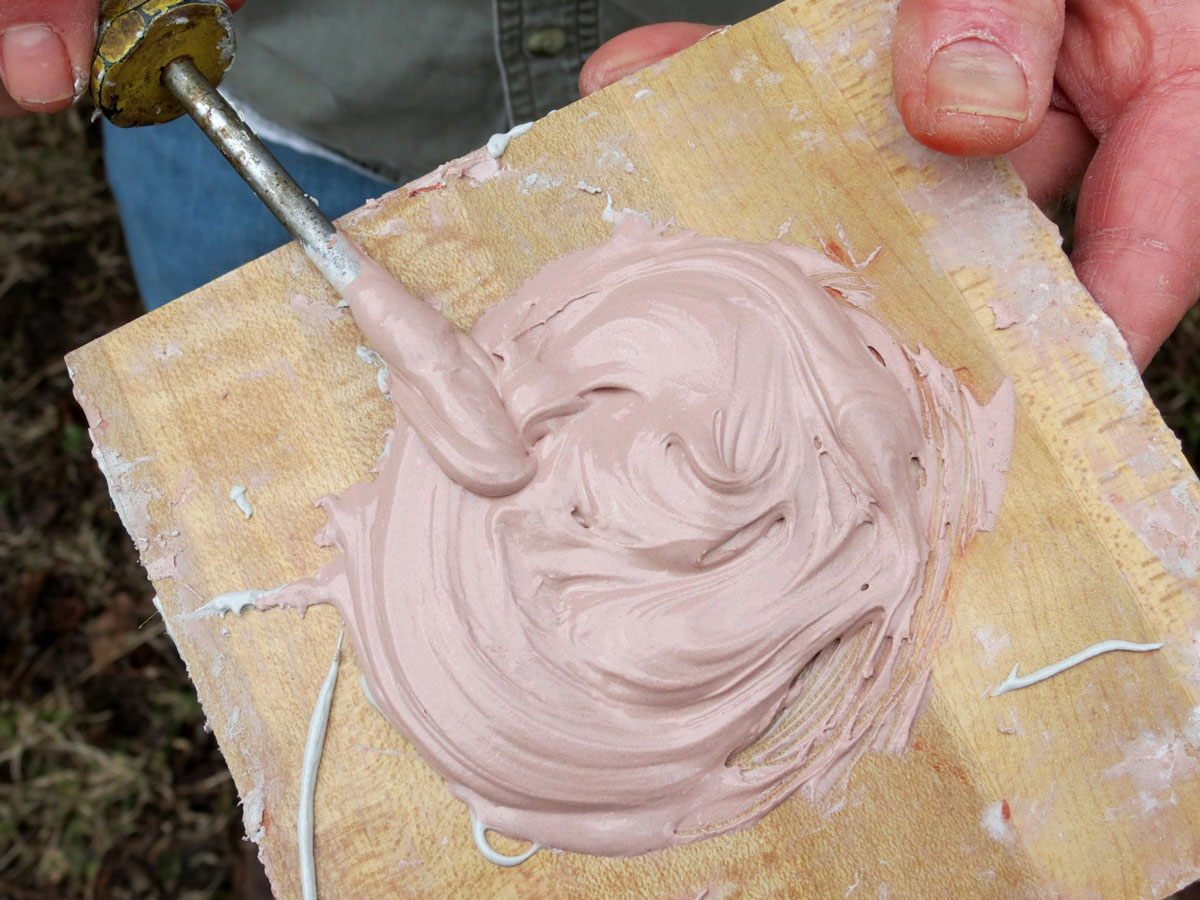1. Stir the Bondo a bit with a flat stick or a screwdriver if it has separated.
2. If necessary, knead the tube of hardener to get uniform consistency. Hint: remove its lid and squeeze any air out to bring the hardener up to the tube’s opening. Holding it there, replace the lid and knead.
3. With your stirring tool, transfer an appropriate-size blob of Bondo to a piece of Formica. Carefully squeeze a small amount of hardener near the filler and quickly stir the two together just until it’s a uniform color.
4. With a palette knife, quickly apply the Bondo, leaving some excess material to be removed.
5. Before the filler is fully cured, shape and sand per the tips above, using a Dremel tool for details.
6. For a super-smooth finish, apply a very thin layer of glazing and spot putty with your palette knife. Let it thoroughly dry, then paint. Sand with at least 220-grit paper between coats.

